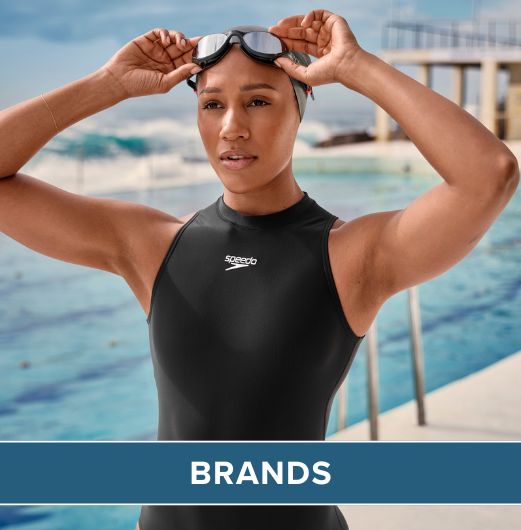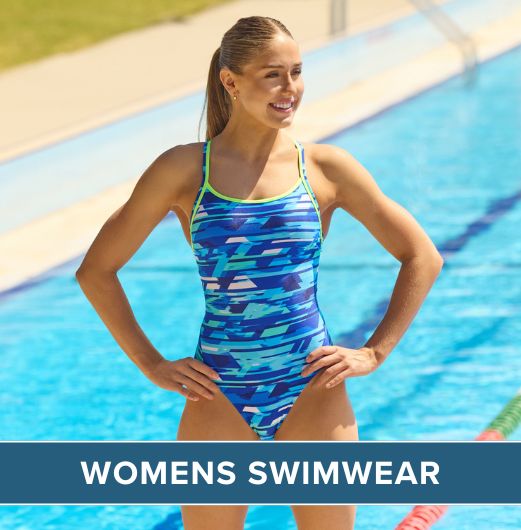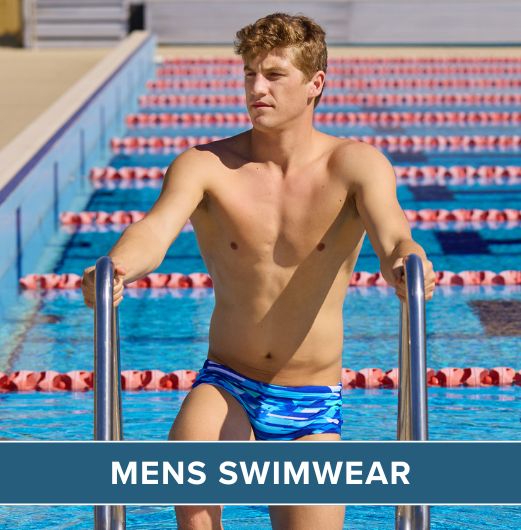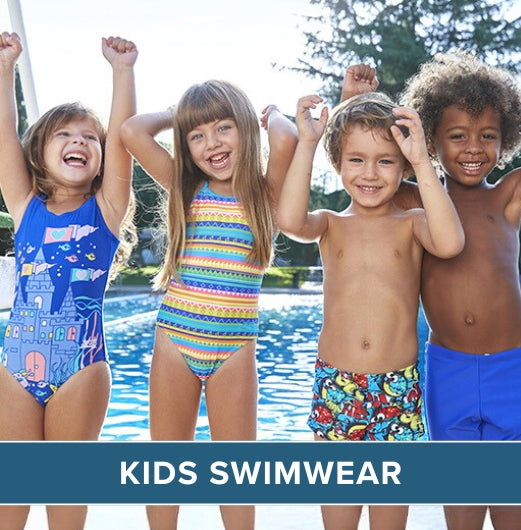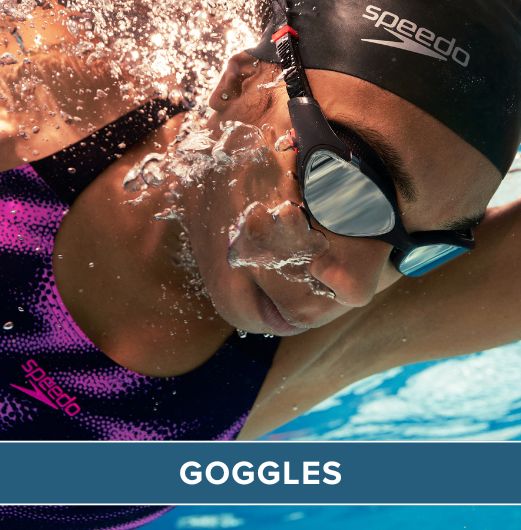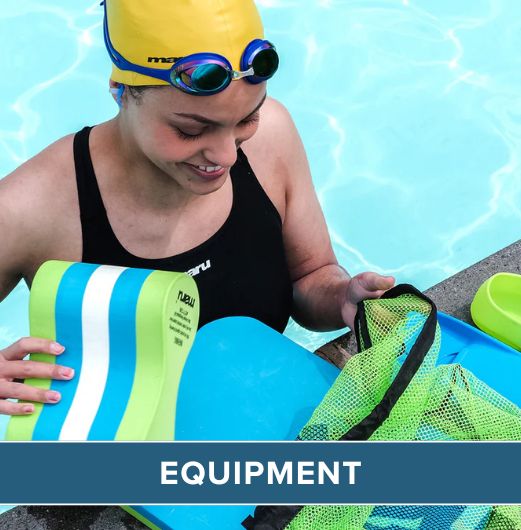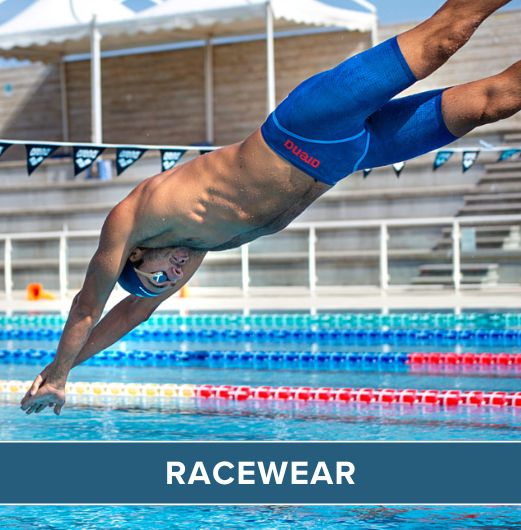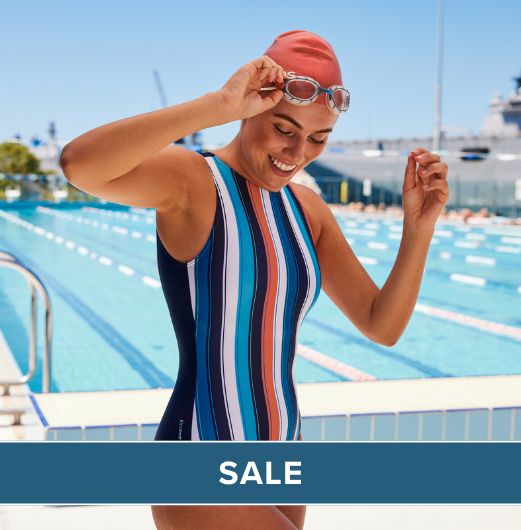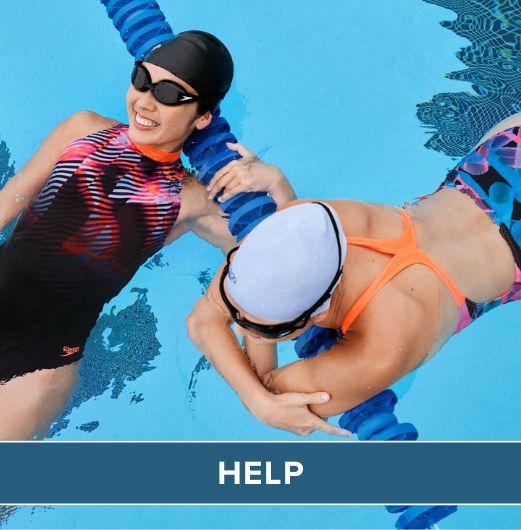Paralympic Swimming Classifications
To ensure that the competition in the Paralympic games are fair, the events are categorised into various classifications. We're going to break this down and explain what these classifications mean for the swimming events.
Swimming is unique as it is the only sport that combines a range of different disabilities. These include limb loss, cerebral palsy, spinal injury and other disabilities including dwarfism and joint conditions across classes.
S symbols freestyle, backstroke and butterfly.
SB stands for breaststroke.
SM is the class for individual medley.
Numbers 1-10 are allocated to swimmers with a physical disability. The lower the number the more severe the disability.
1 - Swimmers in this sport class have a severe loss of control in legs, arms and hands.
2 - Swimmers primarily use their arms for swimming. Their hand, torso and leg function is restricted.
3 - Swimmers with amputations of both arms and legs. They will have moderate arm strokes but no use of their legs or torso. Included in this class are swimmers with severe co-ordination problems.
4 - Swimmers who can use their arms and have fair function in their hands, as well as swimmers who are unable to use their torso or legs. This includes Swimmers with amputations of three limbs.
5 - Swimmers with short stature and an additional impairment, including loss of control over one side of their body.
6 - This sport class includes swimmers with short stature, amputations of both arms, or sufficient co-ordination difficulties on one side of their body, for example.
7 - This is for swimmers with one leg and one arm amputation on opposite sides, or a paralysis of one arm and one leg on the same side. However swimmers with the ability to fully control their arms and torso and partial leg function can compete in this class.
8 - Swimmers who have an amputation of one arm are able to compete. Also, athletes with significant restrictions across hip, knee and ankle joints could compete in this sport class.
9 - Athletes in this sport class, for example, swim with joint restrictions in one leg or with double below-the-knee amputations.
10 - This class is for swimmers with less severe physical disabilities.
Numbers 11-13 are reserved for swimmers with a visual impairment.
Number 14 is reserved for swimmers with an intellectual disability. This includes slower reaction time, difficulty with memory and pattern recognition, among others.
We hope we've cleared up a few things to help you understand the Paralympic swimming classifications. Which events are you looking forward to?
 Free Tracked UK Delivery
Free Tracked UK Delivery Hassle Free Returns
Hassle Free Returns Next Working Day OPTION
Next Working Day OPTION Found It Cheaper?
Found It Cheaper?



